
When it comes to the intriguing world of reptile care, one question often pops up: “Do ball pythons need UVB?”
It’s a topic surrounded by debate, curiosity, and a dash of mystery. In this article, we’ll dive deep into the heart of this question, exploring the nocturnal nature of ball pythons, the potential benefits of UVB, and the risks associated with overexposure.
Drawing from scientific insights, expert opinions, and the natural behavior of these captivating creatures, we aim to provide a comprehensive answer.
By the end of this read, you’ll have a clearer understanding of ball python care, ensuring your slithery friend thrives in the best environment possible.
Dive in and discover the world of ball pythons and UVB!
Table of Contents
Do Ball Pythons Need UVB?
Ball pythons, known for their captivating appearance and docile nature, primarily thrive in nocturnal settings. In captivity, they do not necessarily require UVB lighting. These creatures obtain essential nutrients from their diet, especially when fed a balanced regimen of appropriate prey. While some reptile enthusiasts argue that UVB can enhance a ball python’s overall health and immune system, there’s limited scientific evidence to back this claim.
However, if one chooses to use UVB lighting, it’s crucial to ensure proper placement and regular bulb replacement. In essence, while UVB isn’t mandatory for ball pythons, its use should be based on informed decisions and individual preferences.

Understanding UVB and Its Importance
What is UVB?
UVB, or ultraviolet B, is a type of sunlight radiation. It’s a middle-range ultraviolet light that plays a vital role in many biological processes. For many creatures, especially reptiles, UVB is crucial for the synthesis of vitamin D3.
This vitamin helps in calcium metabolism, ensuring healthy bone structure and other vital functions.
How UVB Benefits Reptiles in General
Reptiles, especially those in the wild, bask under the sun, absorbing UVB rays. This natural behavior isn’t just for them to warm up. When reptiles like bearded dragons, turtles, and certain lizards absorb UVB, their skin produces vitamin D3.
This vitamin is essential for them to metabolize calcium properly. Without it, they can suffer from severe health issues like metabolic bone disease, a condition where the bones become weak and deformed.
For instance, imagine a turtle basking on a log in the middle of a pond. It’s not just enjoying the sun; it’s absorbing those precious UVB rays, ensuring it gets the right amount of vitamin D3 to keep its shell hard and its body healthy.
The Natural Habitat of Ball Pythons and Their Exposure to Sunlight
Now, let’s talk about our main star: the ball python. Originating from the grasslands and forests of West and Central Africa, ball pythons are accustomed to a life where they can hide from the intense sun.
They’re primarily nocturnal, meaning they’re more active during the night and prefer to stay hidden during the day.
So, while their natural habitat does expose them to sunlight, they often seek shelter and aren’t basking reptiles like some of their counterparts.
Imagine a ball python in the wild. It’s not lounging around in the open during the day. Instead, it’s probably coiled up in a burrow or under vegetation, avoiding predators and the scorching sun.
By the time it ventures out, the sun’s intensity has diminished, and the UVB exposure is minimal.
Given this behavior, the question “do ball pythons need uvb?” becomes even more intriguing. In captivity, they’re provided with everything they need, from food to shelter. But is UVB lighting essential for them as it is for other reptiles?
The answer leans towards no. While some reptile enthusiasts believe in the benefits of UVB for ball pythons, there’s limited scientific evidence to back this up.
However, understanding their natural behavior and habitat gives us insights into their minimal need for direct sunlight or UVB exposure.
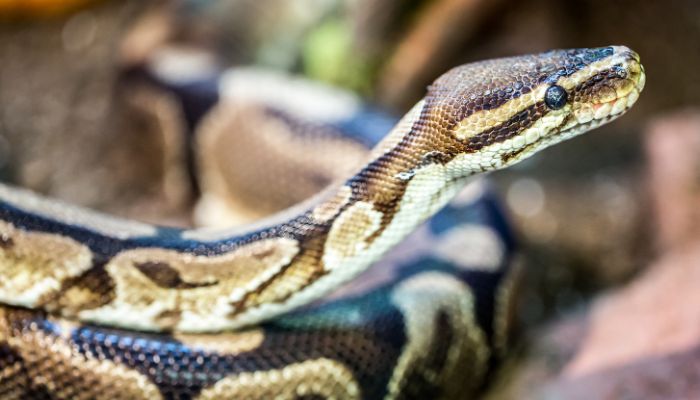
Benefits of UVB for Ball Pythons
Nocturnal Nature of Ball Pythons
Ball pythons, with their secretive and nocturnal habits, are creatures of the night. They’ve evolved to be active during the cooler, darker hours, avoiding the intense heat and potential predators of the daytime.
This behavior means that in the wild, they aren’t basking under direct sunlight as much as some other reptiles might. So, the immediate need for UVB isn’t as pronounced.
Improving Overall Health and Well-being
While they might not naturally bask under the sun, some ball python enthusiasts believe that providing UVB lighting in captivity can offer health benefits.
There’s a theory that UVB exposure might enhance a ball python’s overall well-being, making them more active and potentially even more vibrant in color.
Think of it like how we humans feel after a bit of sunshine – rejuvenated and lively!
Potential for Better Digestion and Metabolism
Another fascinating angle is the potential for UVB to aid in digestion and metabolism. Some reptile keepers have observed that with a bit of UVB exposure, their ball pythons seem to digest food more efficiently and are more eager to eat.
It’s like giving them a little boost, ensuring they get the most out of every meal.
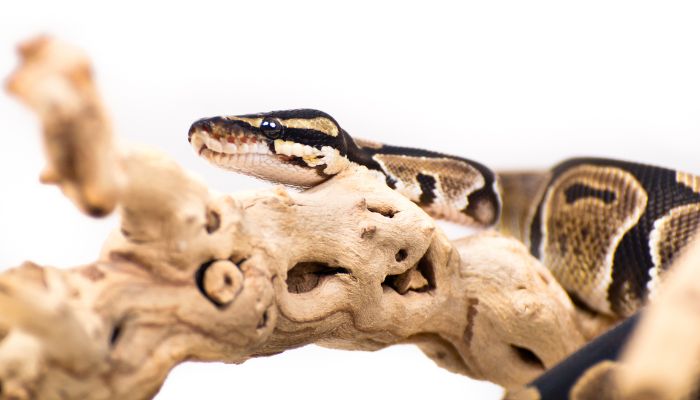
Importance of Proper Day and Night Cycle
The Need for a Consistent Light Schedule
Just like us, ball pythons have an internal clock. It’s crucial for them to have a consistent day-night cycle to keep this clock ticking correctly. This cycle helps regulate their feeding, shedding, and breeding behaviors.
Without it, they can become stressed, which is never good for any creature.
Recommendations for Daytime Light Sources
During the day, even if they’re hiding away, it’s beneficial to have a light source that mimics natural daylight. This doesn’t necessarily mean UVB – even a regular reptile bulb that provides heat can be suitable.
This light helps establish a clear “daytime” for the snake, even if they choose to spend it snoozing away in their hide.
The Dangers of Disrupting Their Sleep with Nighttime Lights
Remember, ball pythons are nocturnal. So, when it’s night for us, it’s their time to shine. Using bright lights or heaters that emit light during the night can disrupt their natural behaviors.
It’s like someone turning on the lights in the middle of your deep sleep – not pleasant, right?
For ball pythons, this disruption can lead to stress, reduced appetite, and even health issues. So, it’s essential to ensure that their nighttime environment is as dark and peaceful as they’d like it to be.
In wrapping up this section, it’s clear that while UVB might offer some benefits, understanding a ball python’s natural behaviors and needs is crucial.
Whether you choose to provide UVB or not, ensuring a proper day-night cycle and a stress-free environment will go a long way in keeping your slithery friend happy and healthy.
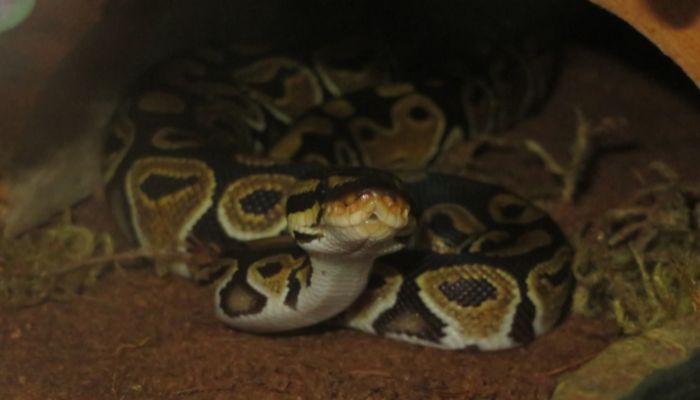
Risks of Overexposure to UVB
UVB lighting, while beneficial for many reptiles, can pose risks if not used correctly. Just as humans can experience sunburn or eye damage from excessive UV exposure, reptiles, including ball pythons, can face similar challenges.
Let’s delve into the potential risks of overexposing our slithery friends to UVB.
Skin Issues and Burns
Ball pythons have delicate skin. Overexposure to UVB can lead to skin issues, the most common being burns. Just imagine lounging in the sun for too long without sunscreen.
Ouch, right?
For ball pythons, these burns can be painful and can lead to infections if not treated promptly. Their skin might appear redder or darker in burned areas, and in severe cases, blisters might form.
It’s essential to monitor the amount of UVB exposure and ensure that the snake has plenty of shaded areas to retreat to if the light becomes too intense.
Eye Problems
Ball pythons, with their captivating eyes, can experience eye issues due to excessive UVB exposure.
Their eyes are not designed to handle prolonged direct exposure to intense light. Over time, too much UVB can lead to cloudiness or even cataracts. In the short term, you might notice your ball python squinting or being more reluctant to open its eyes.
It’s a clear sign that the lighting might be too intense and needs adjustment.
Stress and Changes in Behavior
Stress in reptiles can manifest in various ways, and one of the leading causes can be an inappropriate environment. If a ball python is constantly exposed to high levels of UVB without respite, it can become stressed.
Signs of stress include reduced appetite, increased aggression, or even trying to escape the enclosure. A stressed snake might also hide more often or refuse to engage in its usual activities.
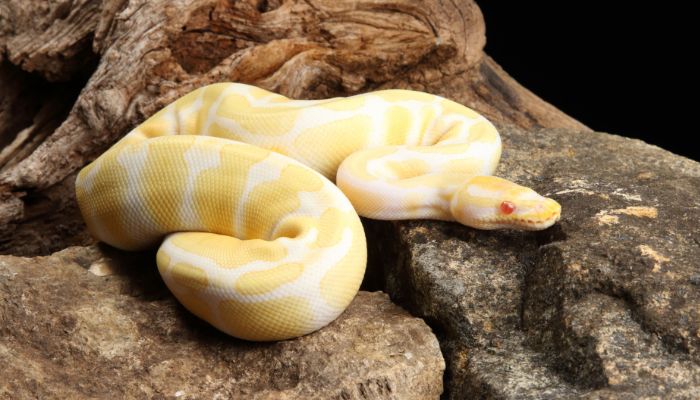
Special Consideration: Albino Ball Pythons
Albino ball pythons are a sight to behold. Their striking pale coloration sets them apart from their regular counterparts, but this unique appearance comes with specific care requirements.
Why They Shouldn’t Be Exposed to UVB or UVA Light
Albino ball pythons lack melanin, the pigment responsible for color in skin, eyes, and hair. This absence makes them more sensitive to light, especially UVB and UVA rays.
While regular ball pythons might tolerate some UVB exposure, albinos are at a higher risk of harm from these rays. It’s akin to how some fair-skinned humans are more prone to sunburn than those with darker skin.
The Risks of Irritation Due to Their Unique Genetic Makeup
The lack of melanin in albino ball pythons means their eyes and skin are more vulnerable. Overexposure to UVB can lead to skin burns, even more rapidly than in regular ball pythons.
Their eyes, often a mesmerizing shade of pink or red, are particularly sensitive. Prolonged UV exposure can lead to severe eye issues, including cloudiness or cataracts.
It’s essential to be extra cautious with lighting in enclosures housing albino ball pythons.
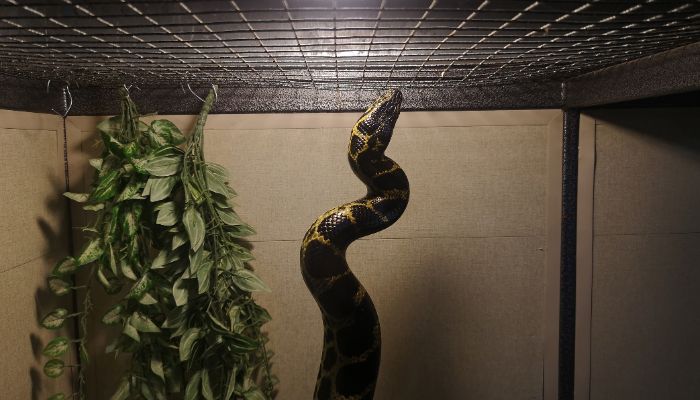
Choosing the Right UVB Setup
If you’ve decided to provide UVB lighting for your ball python, ensuring you have the right setup is crucial. It’s not just about turning on a light; it’s about creating an environment that mimics their natural habitat as closely as possible.
Different Types of UVB Bulbs and Fixtures
There are several types of UVB bulbs available in the market:
- Compact Fluorescent Bulbs (CFLs): These are energy-efficient and can fit in regular light fixtures. They emit UVB in a more concentrated area.
- Linear Fluorescent Tubes: These provide a more even distribution of UVB across a larger area, making them ideal for bigger enclosures.
- Mercury Vapor Bulbs: These are all-in-one solutions, providing both heat and UVB. However, they can get quite hot and might not be suitable for all setups.
The Importance of Choosing the Right Percentage of UVB
UVB bulbs come with different percentages, typically ranging from 2.0% to 10.0%. For ball pythons, a lower percentage, like 5.0%, is usually sufficient.
Remember, in the wild, they aren’t basking under direct sunlight all day. The bulb’s percentage should mimic the UVB levels they’d naturally receive.
Proper Placement to Avoid Overheating
Placement is crucial. UVB bulbs should be placed outside the enclosure to avoid direct contact. Ensure there’s a distance of at least 10-12 inches between the bulb and the snake to prevent overheating.
Also, provide plenty of shaded areas where your snake can retreat if it feels the light is too intense.
While UVB lighting can offer potential benefits, it’s essential to do thorough research and consult with experts.
Whether you’re caring for a regular or an albino ball python, understanding their unique needs and providing an environment tailored to them will ensure they thrive.
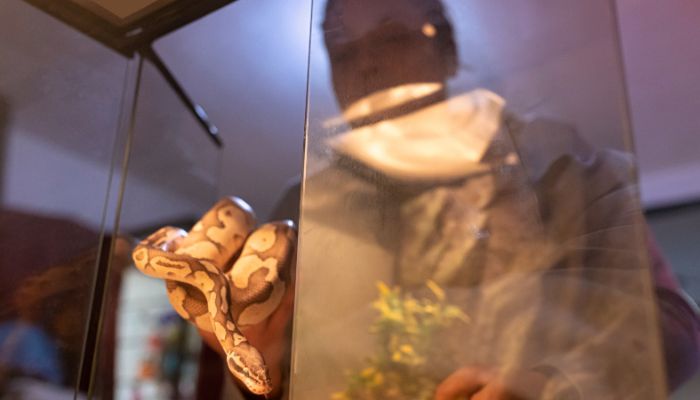
Conclusion
You’ve journeyed through the intricate world of ball python care, unraveling the layers behind the question: “Do ball pythons need UVB?”
As you’ve discovered, while these nocturnal beauties don’t necessarily require UVB, there are potential benefits and risks to consider.
From understanding the essence of UVB and its general importance for reptiles to diving into the specific needs of ball pythons, especially the enchanting albinos, you’re now equipped with knowledge that can guide your care decisions.
Remember, every ball python is unique, and observing and understanding your individual snake is paramount. As you move forward, let this newfound knowledge empower you.
With the right balance of information and intuition, you’re on the path to providing the best care for your scaly companion.
Keep learning, keep observing, and always strive for the well-being of your pet. Your ball python is lucky to have a dedicated caregiver like you!
FAQ
Can ball pythons survive without UVB?
Absolutely! Ball pythons, in their natural habitat, are nocturnal creatures that often avoid direct sunlight. In captivity, many ball pythons thrive without UVB lighting. They obtain essential nutrients from their diet, and while UVB can offer potential benefits, it’s not a strict necessity for their survival.
Is 7% UVB good for ball pythons?
While ball pythons don’t require high UVB levels, a 7% UVB bulb can be used if you choose to provide UVB lighting. However, it’s essential to monitor your snake for any signs of stress or discomfort and ensure they have shaded areas to retreat to. Always consult with reptile experts or veterinarians for specific recommendations tailored to your individual snake.
What type of light is best for ball python?
For general lighting and heating, a basking bulb or a ceramic heat emitter works well for ball pythons. These provide the necessary warmth without emitting UVB. If you opt for UVB lighting, fluorescent tubes or compact fluorescent bulbs with a lower UVB percentage (like 5%) are typically recommended.
How long should UVB light be on for ball python?
If you’re using UVB lighting, it’s best to mimic a natural day-night cycle. Typically, 10-12 hours of light during the day followed by darkness at night is ideal. This cycle helps regulate the ball python’s internal clock and ensures they get a sense of “daytime” and “nighttime” even in captivity.

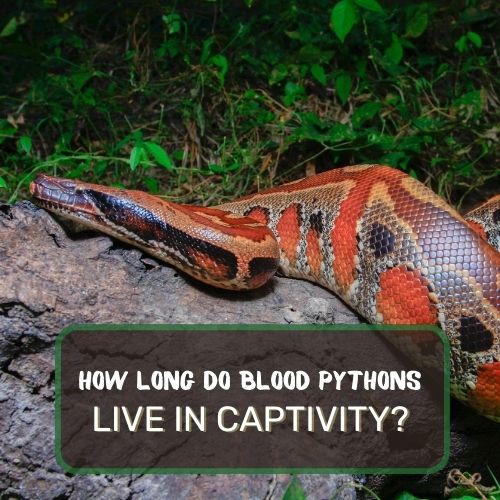
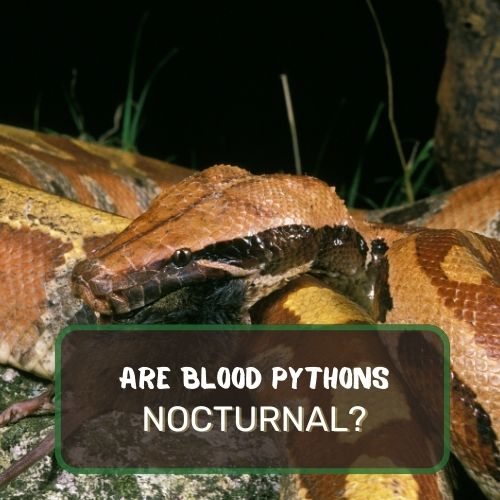

0 Comments